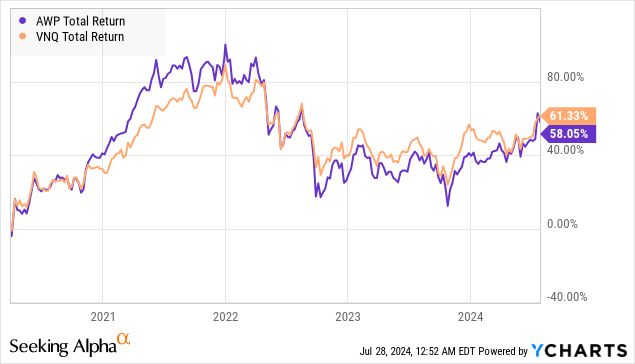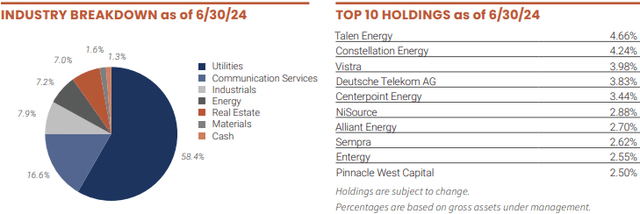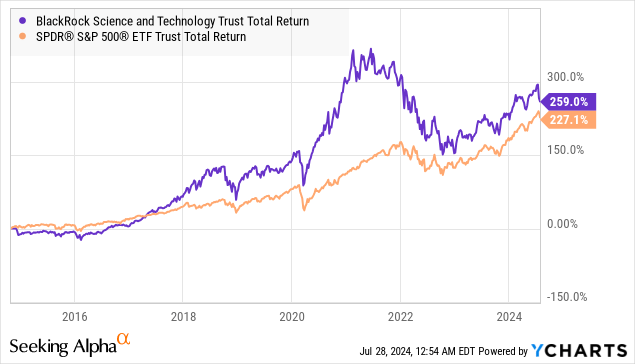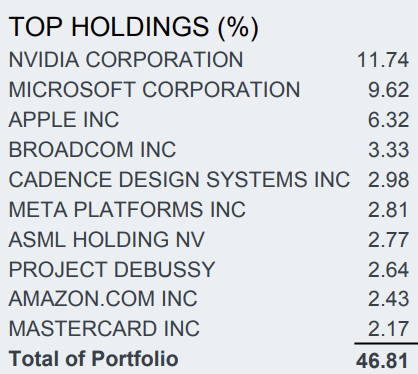strict hygiene
Co-written with Hidden Opportunities
If you’re currently employed, how often do you get paid? This is usually a decision that’s up to your employer (and may be due to specific payroll requirements in your state). The choice of payroll schedule is usually Depending on the company’s budget, resources, and administrative convenience. Generally, employers have four payroll frequency options to choose from. They can pay their employees weekly, bi-weekly, semi-monthly, or monthly. What does it matter, one might ask? After all, the same pizza is cut differently, right?
There is a significant difference. Getting paid more frequently allows for easier expense management and helps maintain a more consistent cash flow. This allows you to manage your recurring expenses more efficiently without the stress of having to stretch your funds until the next payday. It also helps avoid Using expensive solutions like credit cards or loans can help improve your financial health. More importantly, frequent paychecks allow you to use the power of compounding to make your money work harder for you. Saving or investing a portion of a weekly paycheck will produce better returns than doing so with a monthly paycheck.
Employment is limited; every employee must retire at some point. The “when” question varies from person to person, but it’s up to you to decide if you can replace your paycheck with something that doesn’t require your active participation. That’s why I invest to generate income, so that every dollar I invest contributes to putting more money into my account on a regular and predictable basis.
Even among dividend stocks, I have a particular affinity for those that pay monthly dividends. That’s because I have monthly commitments. My mortgage payments are monthly, as are my insurance, utility and phone bills. My recurring expenses, which make up the lion’s share of my expenses, are all monthly. So, receiving my dividends every month allows me to meet those expenses flexibly and set aside a portion to reinvest. And as mentioned above, the power of compounding works best for me with monthly dividends.
1) Global Real Estate Monthly Income: AWP – Yield 11.9%
Globally, there are 940 REITs (real estate investment trusts) listed in 40 countries, with a combined market capitalization of approximately $2 trillion. Over the past 30 years, this sector has grown at a phenomenal rate; in 1990, there were only 120 REITs listed in two countries!
REITs provide access to telecommunications towers, data centers, healthcare facilities, self-storage facilities, hotels, entertainment and gaming facilities, and others, in addition to traditional real estate sectors such as retail, residential, office and industrial.
In a context of higher interest rates and rising construction and financing costs due to inflation, the supply of quality properties is limited worldwide.
-
Housing shortages are widespread in major EU countries, Canada, Australia and New Zealand. Demand for residential and commercial real estate (excluding office buildings) is strong. However, due to tight monetary conditions, little attention is being paid to the extent of the decline in new supply that is expected to occur in 2024 and 2025.
-
Real estate developers around the world are facing more difficult financial conditions, and new projects are less economically viable. Industrial construction continues to slow for five consecutive quarters through the end of fiscal 2023 in major markets.
Amid a slowdown in new projects, quality REITs are in a strong position. Their earnings will prove resilient, supported by rising occupancy, rent increases and positive spreads at contract expiration.
World-leading real estate fund abrdn (AWP) presents an attractive Closed-End Fund for diversified exposure to the global REIT sector. The fund holds a portfolio of 66 stocks, with the top ten positions in world-class REITs, constituting 41% of invested assets. Source
AWP Fact Sheet
Some analysts might be quick to dismiss this hypothesis. Atlantic Work Programme as a bad investment, discussing its 10 or 15 year price chart without context. Investors should note that AWP was not an original ABRDN company, but was acquired from Alpine Woods Capital Investors and placed under ABRDN management in mid-2018.
After a change of questionable fund manager, it usually takes time for the fund to refocus and refocus on its strategy to generate favorable returns. As part of this change, AWP’s distribution was reduced in 2019. But since then, despite the brutal pressures on the REIT sector due to the global pandemic, the CEF has maintained its monthly payments to shareholders. Since that time, the CEF has performed in line with the benchmark REIT fund, the Vanguard Real Estate Investment Fund (VNQ).

AWP operates with 17% leverage and distributes $0.04 per share each month. This represents an annualized return of 11.9%. At the end of the first half of its fiscal year, AWP reported a realized and unrealized gain of $32 million, which represents 80% of the CEF’s annual distribution to shareholders.
Investors often mistakenly believe that REITs only thrive in times of low interest rates. In 1990, the market valuation of REITs was $5.6 billion and soared to $135 billion in 1997. Despite high borrowing costs, strong demand for real estate and rising property values have boosted rental income and property appreciation. In addition, REITs’ tax advantages and ability to easily pass on inflation costs to tenants have made them attractive investments. All of this remains true today. Globally, we are seeing tight rental markets in many sectors, and the situation is only likely to get worse. This means higher rents and occupancy rates for major REITs. With central banks in a few countries starting to cut rates and the Federal Reserve likely to follow suit soon, we expect valuations in the sector to improve in the near term. With its massive monthly distribution, AWP is an attractive choice to take advantage of the recovery.
2) Monthly utility income: UTG – Yield 8.2%
In the post-pandemic economy, we are seeing increased adoption of electric vehicles. Alongside this, we are seeing a recent surge in interest in energy-intensive artificial intelligence technologies. Together, these trends bode well for the utility sector, which needs increased production, reliability, and safety. Reaves Public Service Income Fund (UTG) is a utility-oriented investment fund with 55 holdings. Its top 10 holdings include some of the largest providers of energy and telecommunications services to a large North American population. Source
UTG June Fact Sheet
Since its creation in February 2004, PUBLICATION UTG has paid out over $1.4 billion in cash distributions to shareholders. This mutual fund pays $0.19 per share each month, which represents an annualized yield of 8.2%. Most importantly, UTG has never reduced its monthly payout in its 20-year history.
Utilities never offer promotions and don’t have to try to please consumers by offering loyalty discounts. Even if you haven’t consumed a single unit, your bill won’t be $0 because there will still be fixed costs like meter and delivery fees. This is basically a utility company trying to continue collecting fees for the initial expenses it incurred years ago. The potential for monetization of assets in this sector is tremendous, making it a very promising sector for investors who want to hold on to it during recessions.
3) Monthly Technology Income: BST – Yield 8.5%
BlackRock Science and Technology Fund (BST) is a CEF with a strong focus on the technology sector. Since its inception in October 2014, BST rode the tech wave, outperforming the S&P 500 by a wide margin while delivering growing distributions to shareholders.

If you had invested $10,000 in BST when it went public, you would have collected over $11,400 in distributions while maintaining your stake in the income machine.
BST actively invests in large-cap technology companies, most of which are in the spotlight due to their innovative output. So, whether it is artificial intelligence, virtual real estate, cybersecurity or SaaS, BST actively manages to allocate its assets to leading companies. Source
TSB Fact Sheet
Quality tech companies may be well valued today, but BST provides access to them at a discount of about 4% to par value. That means for every dollar invested, you buy more of these innovative mega-caps.
We are seeing an increasing integration of technology into our daily lives and an increasing use of digital in businesses. It is difficult to accurately predict what will be popular in five years, but through active management of BST’s holdings in this space, we can position ourselves to be part of the tailwinds.
Conclusion
Companies around the world pay dividends at varying frequencies. Some pay dividends annually, semi-annually, quarterly, or monthly. I like to receive my payments as quickly as possible, so I can use them right away. That’s why I’m particularly fond of monthly dividend stocks: they’re the ones that replace my salary the most!
Our investment group maintains a highly diversified portfolio with over 45 stocks across a wide range of sectors, targeting an overall yield of +9%. While some of our stocks pay quarterly dividends, approximately 50% of them pay monthly dividends, which improves the consistency of our cash flow and the efficiency of our budgeting and reinvestments. I rarely log in to check my portfolio because I know exactly when my dividends will be credited to my account. This allows me to enjoy my day with friends and family and pursue activities that bring me joy. This is the art of the income approach and the flexibility that income-based investing offers.